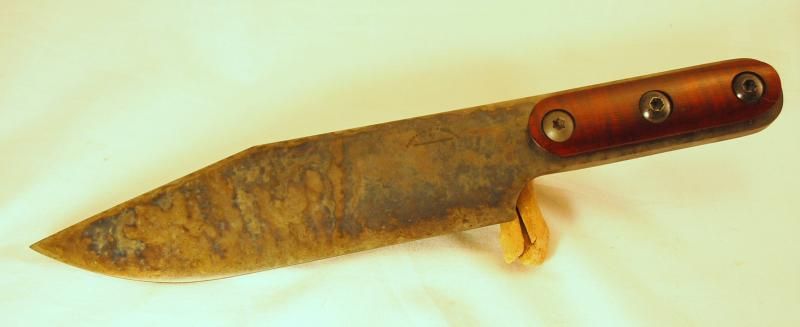Pipefighter
New member
Can anyone tell me how to get the color in steel. We are playing around in the shop trying to color some pipe for a bosses project. We have a torch and oil from the threading machine. I heated it and dipped it but didn't get what I am looking for. Can someone give me some advice on how to get the color. Thanks.

